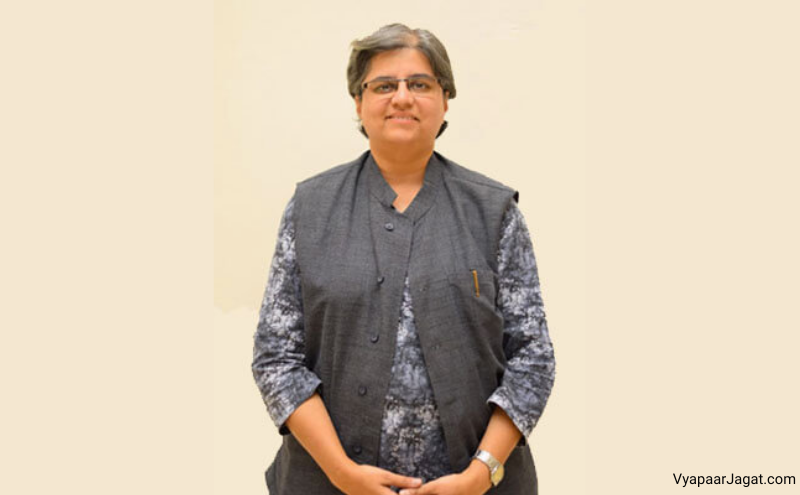technical Advancement
The PATENT (359343) provides a technical solution to the problem of water conservation. And it provides an efficient integration of water systems for the Method conservation of water. Which would cause reduced water, consumption for the water utilization source to the extent of approximately 40% of the projected requirement of water by recycling and reusing the water?. Also, it will cause Zero Discharge of Water from the factory premises.
The integrated water system adds profitability in one or more industry productions, reducing the product manufacturing cost. Also, this scheme does not require a waste-water treatment plant, which reduces the installation and operating cost. The load of the waste-water treatment becomes low as a major part of the wastewater would be utilized for other purposes. The present system protects nearby rivers. From getting polluted by the discharge of a vast quantity of waste from one or more industries to the river. We can implement the present invention for any size of industrial plant and mitigate the problems relating to:
- Huge water requirements for operation of the industrial plant;
- Water scarcity;
- Securing allocation of water from the governmental agencies;
- Resulting water – cess on the allocated quantity of water;
Economic Significance
This invention apart from achieving greater conservation of water by ensuring zero discharge also contributes to saving of costs relating to water consumption. For example, by effective utilization of water the cost relating to water cess, electricity consumed on account of water pumping. And also savings on account of integrating clarifiers, blowdowns, and wastewater.
This invention belongs to “Green Technology” and provides an “Eco-Friendly System Design” and also achieves:
-
Conservation of water, power, and water treatment chemicals;
-
The operational cost of the industrial plant/factory is reduced substantially. Because of a reduction in the overall requirement of water and power, and water treatment chemicals;
-
Reduced human resources requirements because of providing an integrated water system;
In the present scenario, one of the major problems in adopting Green Technology in industrial plants and factories is the associated costs and high investments in implementing such green technologies. As a result, industrialists find it difficult to accept and implement green technology in industrial plants and factories. This invention overcomes these problems and exhibits the potential to be a mindset-changer in the market across the world. The significance of this invention is that we can implement it in the existing industries at a marginal investment and the return of investment would not be over 6 months.
The present invention
It is even more beneficial and easy to implement in the upcoming industrial plants, as the implementation cost would even result in bringing down the overall cost of the project. The present invention does not focus on the modification of existing water treatment techniques. And rather it focuses only on the Method For the conservation of water through integrating water systems. Such that industries can very well continue with their existing water treatment equipment.
It is well-known and a yearly occurrence that the industries suffer a lot during the peak summer season. As the surface water and groundwater levels drop substantially. And as a result, continuous operation of the plant becomes difficult because of the water crisis. And leads to huge uncertainty in production and in worse-case loss of revenue because of such interruptions for the industries.
This total experience becomes a nightmarish experience for the industries as they try to manage the water crisis. In such scenarios, this invention would prove to be a boon for the industries and especially for those which require vast quantities of water for their operation. Therefore, it would not be an understatement to mention that the present invention is the “need of the hour” to manage the water crisis. They estimate that by implementing this invention and water conservation to the tune of 30 to 40% of the projected requirement of the industries can be met through the present invention.






